Titanium Boride Sputtering Target Description
A Titanium Boride Sputtering Target is a type of ceramic material composed of titanium and boron, commonly used in sputtering processes. This target is typically utilized in thin film deposition and various specialized applications due to the unique properties of the titanium-boron combination.
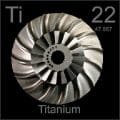
Titanium is a chemical element with the symbol “Ti” and an atomic number of 22. It is named after the Titans, the sons of the Earth goddess in Greek mythology. The element was first mentioned in 1791 by William Gregor, with its isolation later achieved and announced by Jöns Jakob Berzelius. Titanium is located in Period 4 and Group 4 of the periodic table, classified within the d-block elements. Its relative atomic mass is approximately 47.867 Daltons, with the number in parentheses indicating a margin of uncertainty.
Related Product: Titanium Sputtering Target
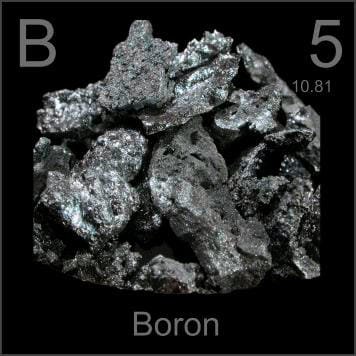 Boron is a chemical element with the symbol “B” and an atomic number of 5. Its name is derived from the Arabic word ‘buraq,’ which referred to borax. It was first identified in 1808 by scientists Louis-Joseph Gay-Lussac and Louis-Jacques Thénard, with the element’s isolation later achieved and announced by Sir Humphry Davy. Boron is located in Period 2 and Group 13 of the periodic table, belonging to the p-block elements. Its relative atomic mass is approximately 10.811 Daltons, with the number in parentheses indicating a margin of uncertainty.
Boron is a chemical element with the symbol “B” and an atomic number of 5. Its name is derived from the Arabic word ‘buraq,’ which referred to borax. It was first identified in 1808 by scientists Louis-Joseph Gay-Lussac and Louis-Jacques Thénard, with the element’s isolation later achieved and announced by Sir Humphry Davy. Boron is located in Period 2 and Group 13 of the periodic table, belonging to the p-block elements. Its relative atomic mass is approximately 10.811 Daltons, with the number in parentheses indicating a margin of uncertainty.
Titanium Boride Sputtering Target Specification
| Compound Formula | TiB2 |
| Appearance | Solid |
| Density | 4.5 g/cm3 |
| Melting Point | 2,900 °C |
| Available Sizes | Dia.: 1.0″, 2.0″, 3.0″, 4.0″, 5.0″, 6.0″ Thick: 0.125″, 0.250″ |
Titanium Boride Sputtering Target Application
The Titanium Boride Sputtering Target is utilized in various applications, including thin film deposition and decorative coatings. It is widely used in the semiconductor industry, display technologies, and the manufacturing of LEDs and photovoltaic devices. Additionally, this material is important for functional coatings, the optical information storage industry, glass coating applications for automotive and architectural purposes, and optical communication technologies.
Titanium Boride Sputtering Target Packing
Our Titanium Boride Sputtering Targets are carefully tagged and labeled on the exterior to ensure efficient identification and maintain high standards of quality control. We take extensive measures to prevent any potential damage during storage and transportation, ensuring the targets arrive in perfect condition.

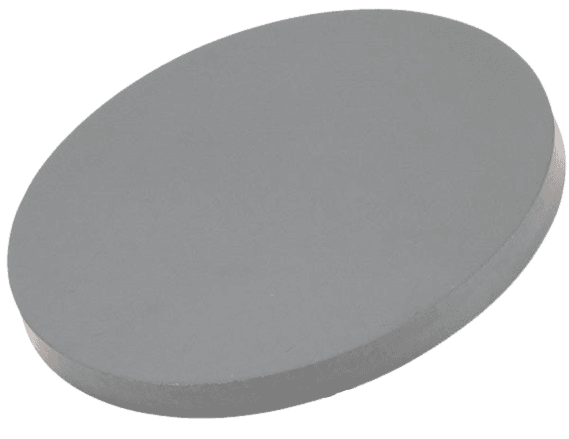
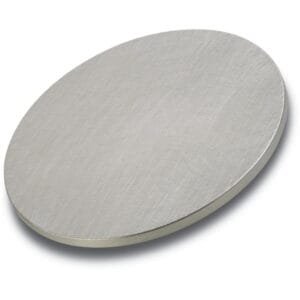
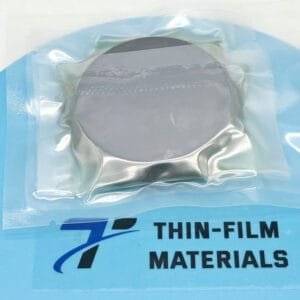
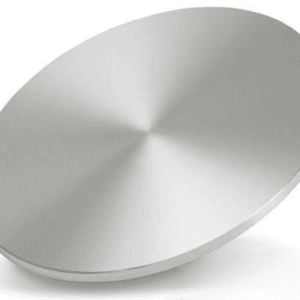
Reviews
There are no reviews yet.